|
Pain is sucky – no matter what it is. But sometimes it’s good to know your pain, so you know how urgently you need to act on it. One of the most common questions about pain is how can you tell if it’s muscle pain or nerve pain? The best option is always to ask someone who can check for you – like me! But there are some ways you might be able to tell the difference. Muscle Pain It’s pretty common to experience muscle pain. It might be as subtle as an ache after a workout, or it could be agony if you’ve torn a muscle. The way to recognise muscle pain is that it is generally:
Nerve Pain Nerve pain is usually of greater concern, as your nerves hurting is a sign that something is compressing or impinging a nerve somewhere in the body. If you’re experiencing nerve pain, it is generally:
The two types of pain can exist separately, or you might experience a mix of both. But both are a sign that the body is not happy with something. I’m In Pain Right Now. What Can I Do To Relieve It? Pain is a signal that lets you know something might not be right and needs protection. If it’s a mild pain, there’s no need to panic. But if it’s unexpected pain, nerve pain or related to a chronic condition, your first step is to book in with your practitioner. Getting treatment right away helps to reduce your pain quicker. Your practitioner can advise you on some safe at home care practices, but if you can't get a booking at short notice there are still steps you can take. Whether its muscle or nerve pain, the basic DIY first aid for your pain is the same. So until you are able to get it looked after, you should:
These will help to ease the pain and prevent further damage until you’re able to get in and get it checked out properly. You’ll see that I didn’t include ice in there. There is emerging research that shows that ice may not always be the best option for treating injuries and pain. So if you want to add on some temperature relief, it’s up to you – you might feel like ice gives you some relief, or you might prefer a heat pack, or you may find best relief using an alternating combination of the two. Once I’ve assessed your pain, I will let you know which might be better for you. The guide below is a quick way of doing the investigative work on whether your pain is muscle or nerve related, but its always best to consult with a health professional rather than trusting good old Doctor Google. You don’t have to just grit your teeth through any sort of pain. As a qualified myotherapist, I can help to relieve your symptoms and get you back on track to health. So book in an appointment today – you won’t regret it!
There is a myth that I need to clear up. Sometimes, when you have chronic pain or a health condition, you’ll be diagnosed as ‘mild’. This might make you feel like your pain experience doesn’t match your diagnosis! So I want to explain the problem here. Why you might be classified as ‘mild’
From a medical perspective, you might be classified as mild. Health practitioners don’t diagnose you off your experience, because we can’t really measure that. Instead, it can be a bit of a maths equation. It might include the number of symptoms, the severity of those symptoms, the level of disability that you experience and the physical damage or severity that can be measured. Every condition has different measures, so there might be other factors as well. So for example, if you experience daily chronic pain, but you can still work, you don’t have additional symptoms and there is minimal damage to the tissues, you might be considered mild. You might not feel like that pain is mild! And it’s not. Chronic pain of any level is still painful. It doesn’t mean that your pain isn’t ‘bad’ enough. Being in pain sucks, no matter who you are or what your diagnosis. If this is something that you’ve come across, here are some ways that you can take action and turn it around: Ask your professional for explanation When you see your health practitioner, ask them why you are given a mild diagnosis. If you have a good health care team, they will happily explain to you the reason. By understanding more about your condition, you will feel more empowered. But by asking about it, you also won’t feel like your health team is underestimating your experience. And that can make a big difference for your mental and physical wellbeing. Track your symptoms If you feel like you still don’t fit the ‘mild’ diagnosis, keep a tracker of your symptoms. Sometimes, when you experience chronic pain, you can get some pretty nasty brain fog! So you might forget symptoms you’ve had that could change it. Remember: your experience is still valid No matter what label is placed on your condition, how you feel is still important. I have clients with ‘mild’ conditions, but they have still experienced terrible symptoms. To me, it’s more important to help you feel better in your body than to treat a condition. After all, it’s the only home you have in this lifetime. Want to work with a myotherapist that understands that mild doesn’t mean mild? At Simple Wellness Myotherapy, I focus on working with those who experience chronic pain and conditions. We work with your body to get it functioning as best it can. To book your appointment, pop over here. Taping – The Whys And Hows One of the coolest tools for supporting your muscles (or at least I think it’s cool!) is taping. Let’s have a look at what taping is, what it can help, and if it’s right for you. What is taping?
Put simply, taping is when we use a specially designed tape to support your muscles and/or joints. It’s not a treatment to use in place of your healthcare practitioner. But it is a tool that we use to help support your body between treatments. What can taping help with? It has a variety of applications! As a myotherapist, I use taping to: Stabilise joints that are injured or weak Increase proprioception, or location awareness, of the body part Aid in recovery from acute and chronic injury Reduce fluid and swelling in an injured body part Enhance athletic performance and prevent injuries It can be helpful for a variety of people, from athletes to people with chronic pain and those with an acute injury. What types of tapes are there? There are two main types of tape that I use in the clinic: rigid tape and kinesiotape. Rigid tape is just what it sounds like. The goal is to hold the joint in a specific position for a period of time so that it is able to recover. Kinesiotape is a newer kind of tape that moulds to the skin and moves with the body. It is less restrictive, and is helpful for many applications. It’s particularly useful for helping people to be aware of how they are holding their body. When we’re injured, we tend to hold ourselves wherever is least painful – but that’s not always the best location for recovery! This tape helps you to be aware of that, so you can correct it. Kinesiotaping also has a pain reducing effect by applying a constant stimulation to the skin. Its applied with the tight muscle in a stretched position, so that when you return to your normal posture the tape holds the muscle slightly stretched. You might see or feel the tape pucker - that is what its designed to do! Can I do my own taping? I’m not your mum. If you want to DIY your taping, that’s up to you. But there are benefits to getting it done professionally: 1. You get taped with high quality tape 2. If it’s a repeat taping, I will quickly reassess to see whether a different taping technique may be better – for example, I might use rigid tape for the first taping, then switch to kinesiotaping. I might even use both! 3. I make sure that the injured part is positioned correctly 4. You don’t have to tape yourself one-handed, or twist around to tape anywhere on your back half! Taping aftercare There are things you can do to make sure your tape lasts and your skin stays happy: To make sure tape adheres properly, it’s best to avoid exercise or showering for 1-2 hours after taping. Although you can shower with your tape, it’s best to let it dry properly. Otherwise, it might get a bit smelly! Pat it dry rather than rubbing it with the towel so the ends don't come up. If the ends do come up, theres a few things you can do. The Kinesiotape is heat activated, so usually giving it a quick rub to get heat back into the tape will get it sticking again. If the tape is only coming up a little at the ends but won't stick back down, putting a bandaid over the top to hold the end down can give your tape a little extra life. If its coming up a lot, trim the tape (or ask someone to help you trim it) When removing tape, take your time! Some people can have fragile skin that is inflamed or may even tear when removed too quickly. Slowly remove the tape in the direction of your hair growth (otherwise you might get an accidental wax effect!) If your tape is stuck fast, use oil to dissolve the stickiness - even cooking oil from your kitchen can do the trick! Some clients also remove it in a hot shower for the same reason. When you remove your tape, leave the skin to recover for a day or two before re-taping. Otherwise, your skin is at risk of being damaged. Do your joints need some taping support, but you don’t want a full myotherapy appointment every week? Never fear! For current clients, I offer a taping service – you pop in, and I’ll get you taped up for just $25. You can get re-taped between regular appointments, AND you can still claim it on your health insurance! To book in your slot, contact me directly or call 0401212934. You might love your myotherapy sessions – in fact, I hope you do! But I never pretend that myotherapy is the be-all and end-all of healthcare. I’m an advocate for a holistic approach to your health. So today, I wanted to share some reasons why combining myotherapy with other therapies can help you to be your healthiest self. Combining therapies helps identify problem areas
I’m trained to spot health conditions related to the muscles, joints and bones. But other therapists are trained to spot issues elsewhere. By seeing more than one practitioner, we can work together to make sure we oversee your health in a holistic way. Often, teamwork is a more effective way to spot potential problems and address them before they get worse. Combining therapies ensures you have the support you need Looking after your muscles is important, especially if you have a chronic condition. But if you do have a chronic condition, it’s more than just your muscles that need support. When you add in another therapy, you can look after more aspects of your wellbeing. Combining therapies has a complementary effect Different therapies can work together to bring around a better outcome. For example, I can work the knots out of your muscles every session. But if they are stress-related, you might want to work with a naturopath and/or counsellor to work on a stress management program. That way, the benefits of my treatments will last longer for you. Combining therapies offers better education about your health Therapists are experts within their field. I can explain your muscles to you until I’m blue in the face. But other practitioners can give you insights into other aspects of wellbeing. The more you learn about your body and your health, the easier it is for you to keep healthy and happy. Combining therapies is preventative care Prevention is always better than treating a problem. The best way to prevent ill health is to actively work on it with a team of health experts. Seeing more than one practitioner means that you’re covering more bases with prevention. Practitioners I love working with I’m happy to work with anyone who is on your healthcare team! You may have different practitioners, depending on what support you need. But I love seeing my clients working with:
If you have a quality healthcare team you work well with, you will get the best healthcare available – it’s that simple! You can book your appointment online, or call me on 0401212934 so I can help you find a time that suits you best. It’s a new year, and that means we’re all ready to get healthier. But did you know that myotherapy can help you to achieve some of your goals? Let’s look at why regular myotherapy might be a good addition to your New Year’s Resolutions. Myotherapy aids in recovery from exercise
A lot of people hit the gym or sign up with a personal trainer in the New Year. Unfortunately, you can start off with a lot of enthusiasm – and that means a lot of pain during recovery. Often this can lead to you giving up after just a week or two, as it becomes too painful. The good news is recovery doesn’t have to suck! A myotherapy treatment, particularly early on, can boost your muscle’s recovery time. This means that your muscles will hurt less, recover quickly, and move the way they should. And that means you can get back into the gym sooner and achieve your goals! I recommend: Fortnightly or monthly treatments for the first 3 months of an exercise program Maintenance with sessions every 4-8 weeks, depending on how you feel Myotherapy is a good form of self-care Is adulting on your list for the New Year? More of us are realising that preventative is the way to go with our health. That is where myotherapy can be a good investment in your long-term health. When your body functions properly, you function properly. Healthy muscles and joints mean less pain, more energy and the freedom to do the things you want to do. How much more adult-y would you be if you didn’t have to deal with aching shoulders and a stiff sore neck? Put it on your non-negotiable list. Your muscles will thank you. I recommend: Maintenance with sessions every 4-8 weeks, depending on how you feel Myotherapy can be a great treat More and more, people are understanding how important it is to treat yourself. And the best treat is one that improves your health, instead of deteriorating it! You won’t get bloated, feel hungover or get sugar cravings when you get a myotherapy treatment. What you will be is feeling good within your body, because your muscles will be happier and healthier. So why not make the most of your health insurance and get a session that makes you feel good from the inside out? I recommend: Treating yourself at least 4 times per year – after all, you deserve a good treatment! The more often you can make time, the better you’ll feel. Ready to get your body happy and healthy? Make sure you book in for your January appointments here. Spots are filling up fast! |
Meet Our Team
We have a team of great practitioners available 7 days a week at our Rowville clinic. Archives
July 2024
Categories
All
|
Got a question about Myotherapy?
Contact Mel by phone, email or Facebook
|
Simple Wellness Myotherapy & Remedial Massage Clinic
Shop 12B 150 Kelletts Rd Rowville VIC 3178 |
Phone us on
03 8204 0970 |

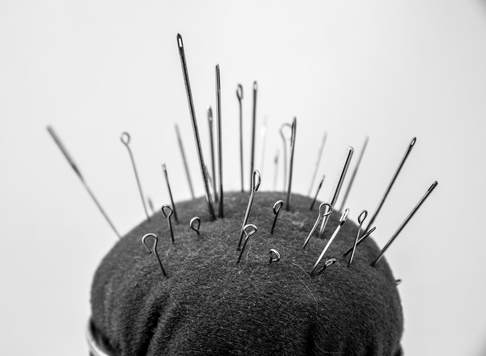
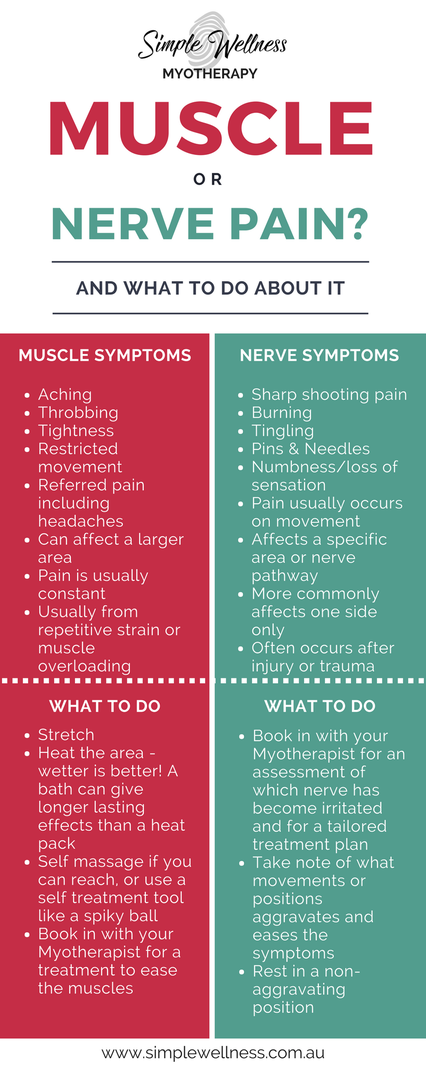
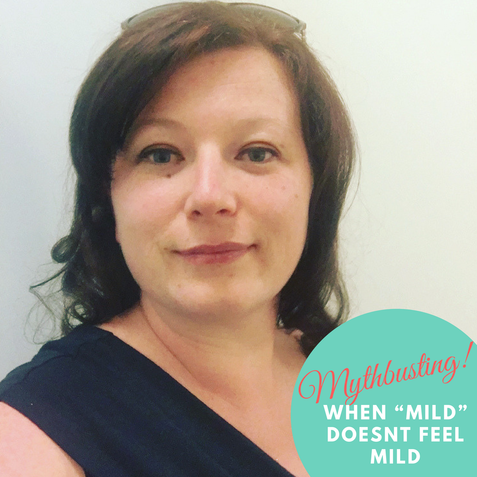
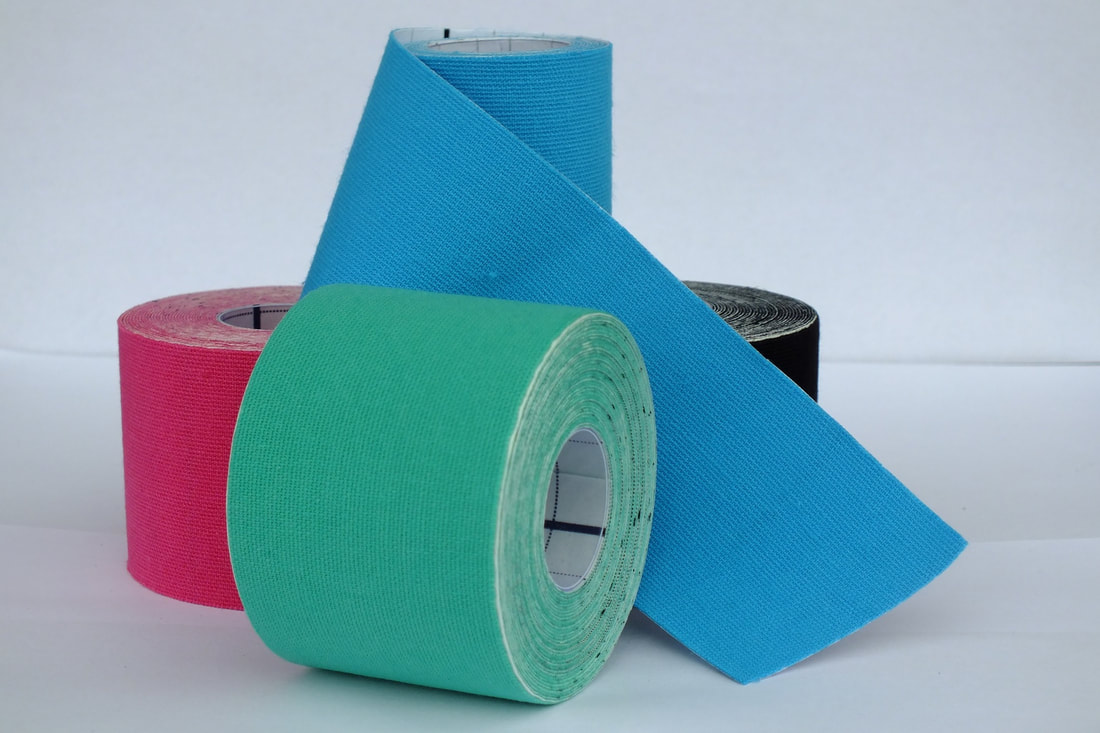
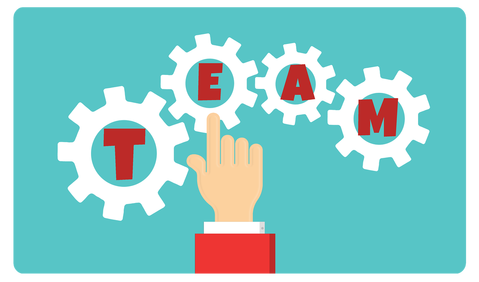
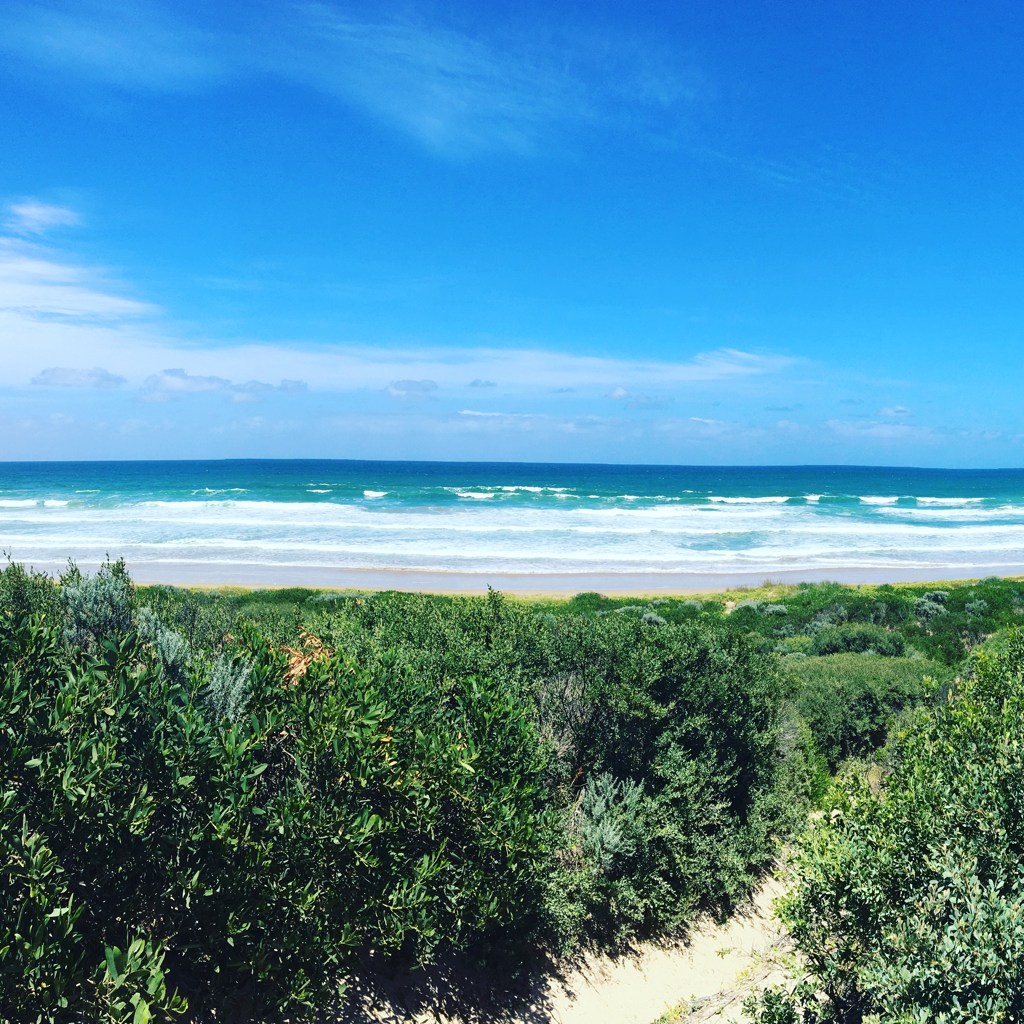
 RSS Feed
RSS Feed